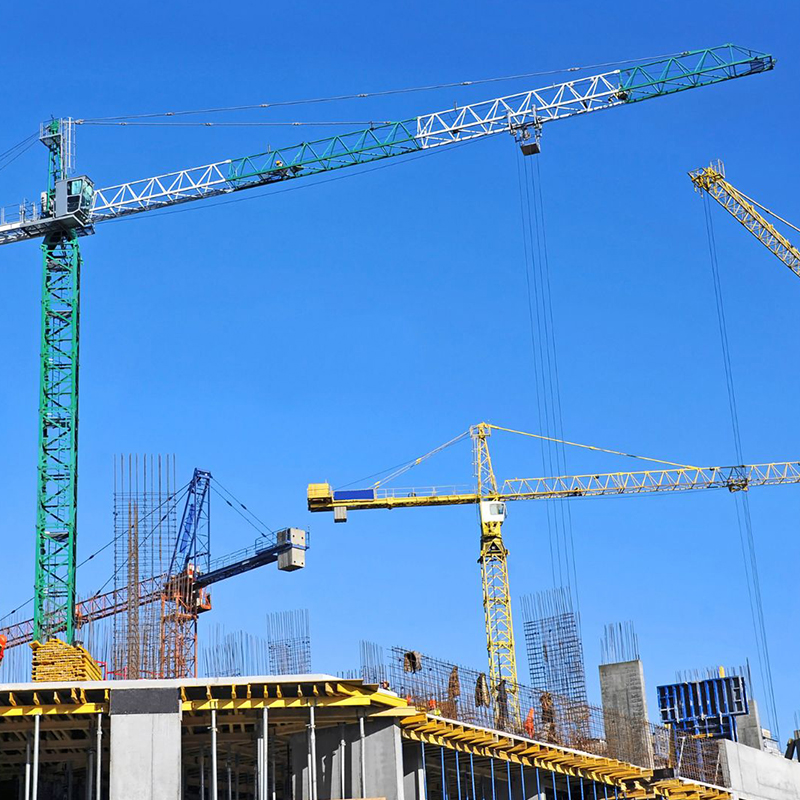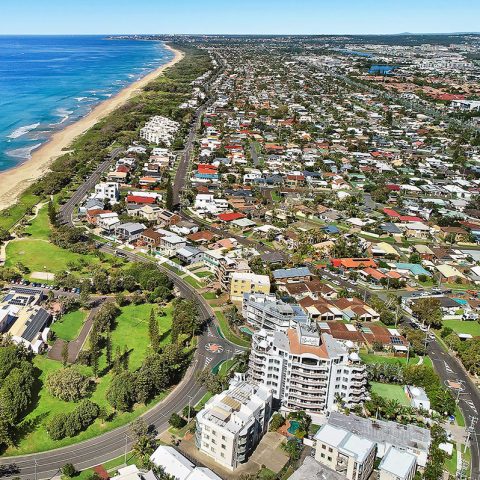When it comes to measuring the strength of Australia’s construction industry, one of the most reliable indicators is how many cranes are dotting the skyline. According to the latest Rider Levett Bucknall (RLB) Crane Index for Q3 2025, there are now 845 cranes operating on construction sites across the country, underscoring the continued momentum in the sector despite broader economic headwinds.
Residential Leads The Charge
The standout driver of activity is residential construction. The index shows 498 cranes are working on housing projects, up from 484 earlier in the year. That means nearly six in ten cranes — 58.9% of total activity — are focused on residential projects.
This is significant because it shows developers are still committing to large-scale apartment, townhouse, and residential estate projects at a time when housing demand is high and rental markets remain tight. With the Federal Government’s push to boost housing supply and affordability, the numbers also reflect the industry’s role in addressing the housing shortage.
Growth In Other Sectors
It’s not just housing that is lifting crane activity. Other sectors also recorded growth this quarter:
* Mixed-use developments rose from 103 to 108 cranes. These projects combine residential, retail, and office spaces, reflecting demand for more integrated urban communities.
* Data centres increased from 29 to 32 cranes. With the boom in AI, cloud computing, and digital services, this is one of the fastest-growing property sectors in Australia.
Although some commercial sectors, such as traditional office towers, are experiencing slower growth due to hybrid work trends, the numbers show diversification across construction activity.
Where The Cranes Are
Unsurprisingly, Sydney dominates Australia’s crane count, with 370 cranes operating across its skyline. Melbourne comes in second with 199, followed by Brisbane with 73, Perth with 39, and Adelaide with 26. Smaller capital cities also play a part, with Canberra recording 12 cranes and Darwin 4.
But the story isn’t confined to capitals. Regional construction is running hot, especially along the eastern seaboard:
* The Gold Coast has surged to 67 cranes, up from 59 at the start of the year.
* The Sunshine Coast counts 13 cranes.
* Wollongong has 29, while Newcastle has 9.
* The Central Coast sits at 13.
These numbers highlight the growing importance of regional hubs as more Australians seek lifestyle locations outside the major capitals, a trend accelerated by remote work flexibility.
Industry Commentary
RLB research director Oliver Nichols says the data shows resilience in construction activity:
“Despite the overall drop in crane numbers from a year ago, the crane index metrics, together with construction work data and approvals, point to a sector that remains stable while reallocating resources.”
His comments reflect a broader narrative in the industry: while some sectors soften, others are stepping up, ensuring the overall pipeline remains robust.
Broader Construction Picture
Data from the Australian Bureau of Statistics (ABS) supports the positive outlook, showing total construction activity rose 3% in the June quarter.
Breaking this down, engineering construction (infrastructure like roads and bridges) remains strong thanks to ongoing government spending, while residential and commercial projects continue to benefit from pent-up demand, particularly in housing.
Challenges For The Industry
Despite the strong numbers, the construction sector faces challenges:
* Labour shortages – The industry continues to struggle with attracting skilled trades, slowing down delivery times and pushing up costs.
* Material costs – Although supply chain disruptions have eased since the pandemic, prices for steel, concrete, and timber remain elevated.
* Financing hurdles – Higher interest rates mean some developers face tighter lending conditions, impacting project starts.
Still, the presence of nearly 850 cranes demonstrates that demand is outweighing these pressures — at least for now.
Why Crane Numbers Matter
The RLB Crane Index isn’t just a quirky statistic — it’s closely watched by economists, investors, and policymakers because crane counts are a real-time proxy for construction activity. Rising numbers generally signal confidence in the property market, job creation, and ongoing infrastructure investment. Falling numbers can flag downturns before they show up in broader GDP data.
The Road Ahead
Looking forward, most experts believe crane numbers will remain high throughout 2025, particularly in residential and infrastructure projects. Government housing initiatives, strong migration inflows, and continued investment in data centres and mixed-use precincts will help sustain momentum.
Nichols sums it up: “Australia’s construction sector is holding its ground, showing adaptability in shifting resources where demand is strongest.”
Australia’s construction sector continues to punch above its weight, with 845 cranes in operation nationally highlighting the resilience of the industry. Residential remains the backbone, but strong contributions from regional hubs, mixed-use developments, and digital infrastructure are ensuring a balanced pipeline.
While challenges remain — from rising costs to labour shortages — the skyline tells the story of a sector that is not slowing down. For anyone looking at the strength of the economy and housing pipeline, the cranes speak louder than words.



